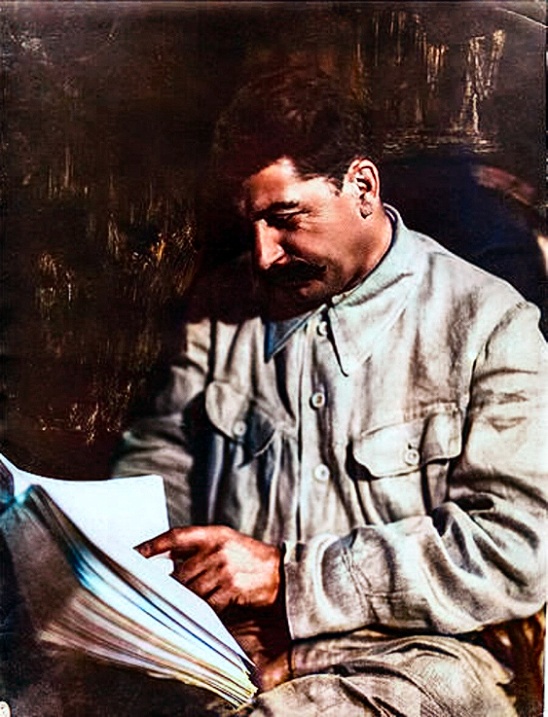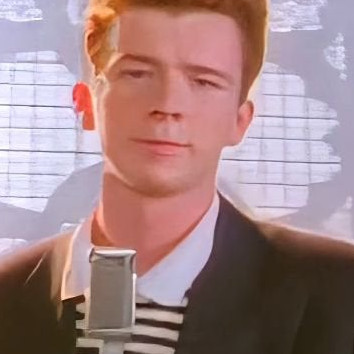

Yeah, even if I didn’t care about wildlife they’d be indoor cats to be honest, my house is situated on top of a dike, and road traffic is too unpredictable.


Yeah, even if I didn’t care about wildlife they’d be indoor cats to be honest, my house is situated on top of a dike, and road traffic is too unpredictable.


I tried all kinds of humane traps, they never worked for me. My mouse problem only ended when I got cats. Unfortunately one of them got caught, after that they just vacated the premises pronto.


General love for music devices that entice you to just fuck around and let accidents happen. Analog synths without presets and modulars are also very good at that.


Yes, systemd improved service and startup management. Likes launchd did for MacOS earlier. I’m just a bit grumpy because it didn’t use to be that ‘ps -axu’ listed a shit-ton of processes on a freshly booted machine where I had no clue what even half of them did without looking it up. I’m sure there are perfectly reasonable motivations for all of these services existing, but operating systems do seem to have involved into being one giant honking attack surface.


MacOS has gotten a bit annoying over time, it used to be a very nice GUI layer over a solid Unix system. The soup of services running on a typical system these days make it hard to figure out what’s going on. Ironically enough, Linux also started dropping the KISS principle the past couple of years, with the rise of systemd.
I’d be happy to use either, but Linux just lacks the ecosystem for multimedia authoring. Even if there were credible open source alternatives for programs like Logic and Final Cut, it would still lack in terms of support for specialized hardware (higher end audio interfaces, controllers), and third party extensions / plug-ins.
On a machine only used for browsing / word processing / text editing, Linux has basically been an acceptable alternative for about 20 years now.


Even if you’re completely nato-brained, or even just think the Putin regime is made up of assholes, the Russian language is actually quite beautiful. I love singing Tchaikovsky and Rachmaninov.


Gottem!


I love it when I notice similarities in languages I have no fluency in.


Ik ben duidelijk niet op de hoogte van de laatste mode in Nederlandse memen.


Wat in de neuk is een cuckstoel? Vraag het voor een vriend.


Yeah, I don’t get it either, everybody seems to think that this change makes it impossible to hide posts from blocked users. But this just gets rid of the weird quirk where if you called JK Rowling a terfy ghoul and she blocked you, you had to log out to hate-watch her shitty tweets.
Joke’s on them, I never had an account in the first place.


Even those tend to end up more like giant volcanoes of fire, than actual percussive explosions as seen in some of the videos. Making those deliberately catch fire is also harder than you’d think. These pagers went off pretty much all simultaneously. I think the overall consensus is that they were very likely rigged with actual explosives.


With ‘history book’ they probably mean the bible.


After being hated by gamergate chuds for over a decade, she pulls this shit. I have to assume that being loathed is just a fetish at this point.


I think he made that up after the fact once it became abundantly clear how dumb hyperloop was. US states, generally, don’t need the help of a billionaire to stay car-brained public transport deniers.


Isn’t part of that just due to the fact that it’s a war economy?


A conductor performs a number of essential functions for an orchestra:
Generally the conductor is also responsible for the interpretation of the music. Orchestral scores don’t tend to be black&white, and there are a lot of decisions to be made in how to approach a piece. The conductor is the one who makes those decisions.


I’m assuming you own these machines and are forced to pick them open because you lost the key
That definitely would be my assumption. Otherwise it would be stealing from the land-lord, hoo boy, we wouldn’t want that would we?


The problem with the anti-SJW grift was always that there were like 5 videos of 3 different activists that kept going through re-runs, at the end of the line there wasn’t enough fuel for the fire of outrage that it fed upon.
In my experience, that generally means that it was already sick/dying. A healthy mouse doesn’t get caught so easily.